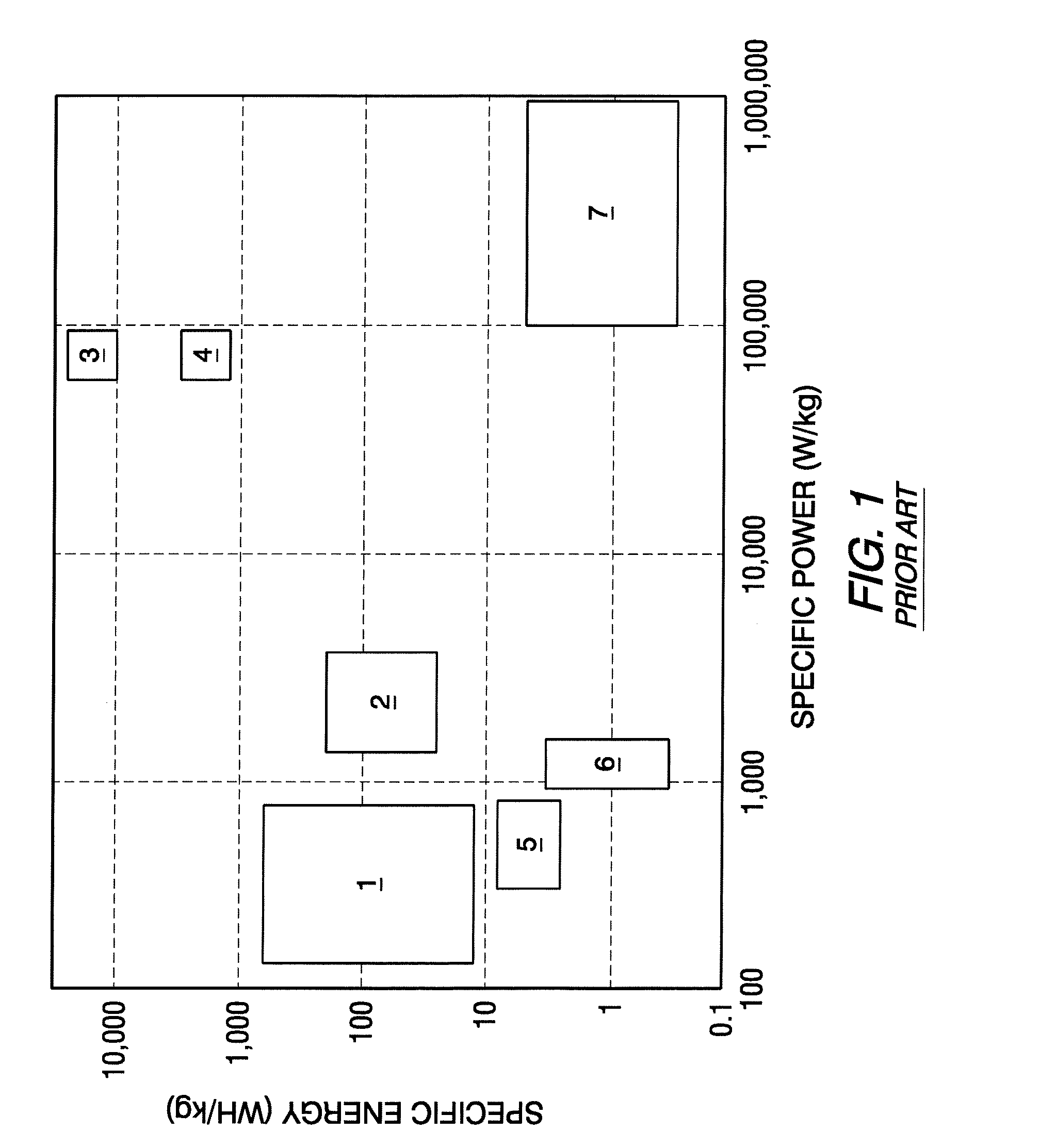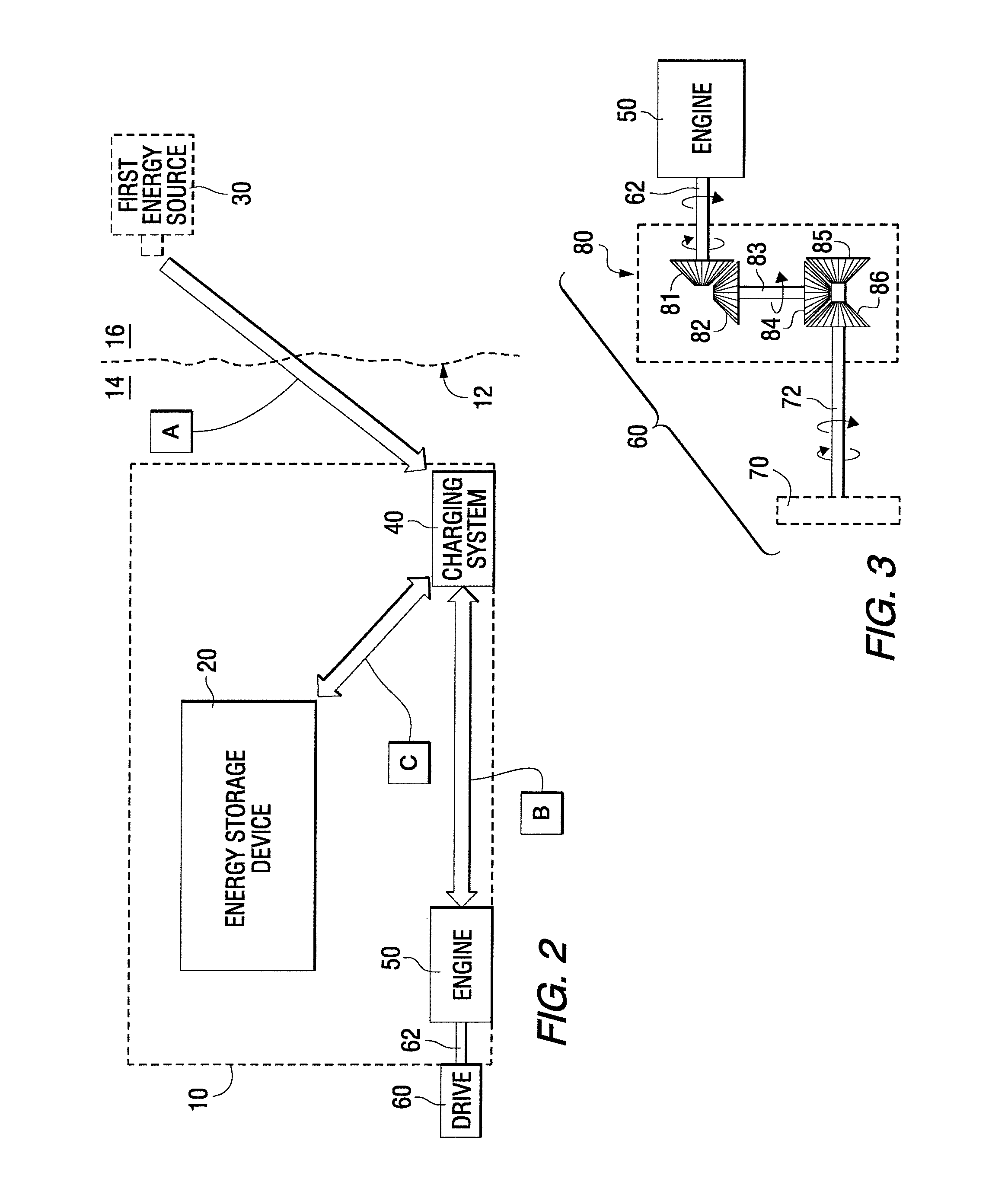Method for operating a propulsion system of a watercraft
a technology for watercraft and propulsion system, which is applied in marine propulsion, vessel auxillary drive, vessel construction, etc., can solve the problems of connecting device damage, potential imminent damage, and tear or destruction of energy transfer connection device or components to which it was attached, and achieves the effect of reducing the risk of damage to the connected devi
- Summary
- Abstract
- Description
- Claims
- Application Information
AI Technical Summary
Benefits of technology
Problems solved by technology
Method used
Image
Examples
Embodiment Construction
[0051]Throughout the description of the preferred embodiment of the present invention, like components will be identified by like reference numerals.
[0052]Recent developments of energy efficient vehicles have led to the development of several commercially viable energy storage systems that are being provided for hybrid electric vehicles (HEV's). The technical advances relating to this field have proceeded at such a pace that it is extremely difficult to predict the type of energy storage device that will be used in any particular hybrid watercraft. As described in the website of the College of Engineering of San Diego State University, potential energy storage devices must be reviewed and analyzed based on their specific energy and specific power. This information is available on the Internet at http: / / www.engineering.sdsu.edu / ˜hev / energy.html along with interesting and educational graphs, charts, and descriptive text. At this time, the types of energy storage devices that appear to...
PUM
 Login to View More
Login to View More Abstract
Description
Claims
Application Information
 Login to View More
Login to View More - R&D
- Intellectual Property
- Life Sciences
- Materials
- Tech Scout
- Unparalleled Data Quality
- Higher Quality Content
- 60% Fewer Hallucinations
Browse by: Latest US Patents, China's latest patents, Technical Efficacy Thesaurus, Application Domain, Technology Topic, Popular Technical Reports.
© 2025 PatSnap. All rights reserved.Legal|Privacy policy|Modern Slavery Act Transparency Statement|Sitemap|About US| Contact US: help@patsnap.com



